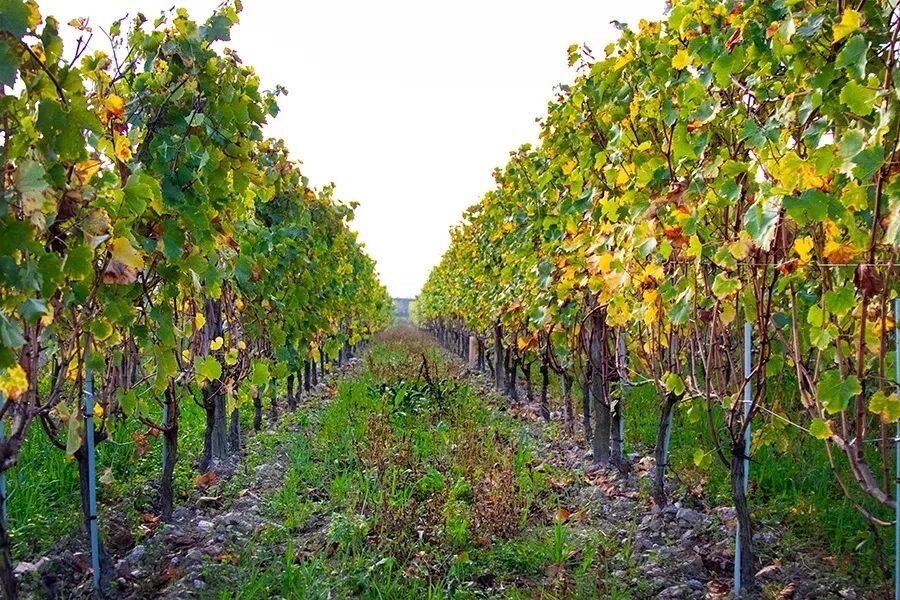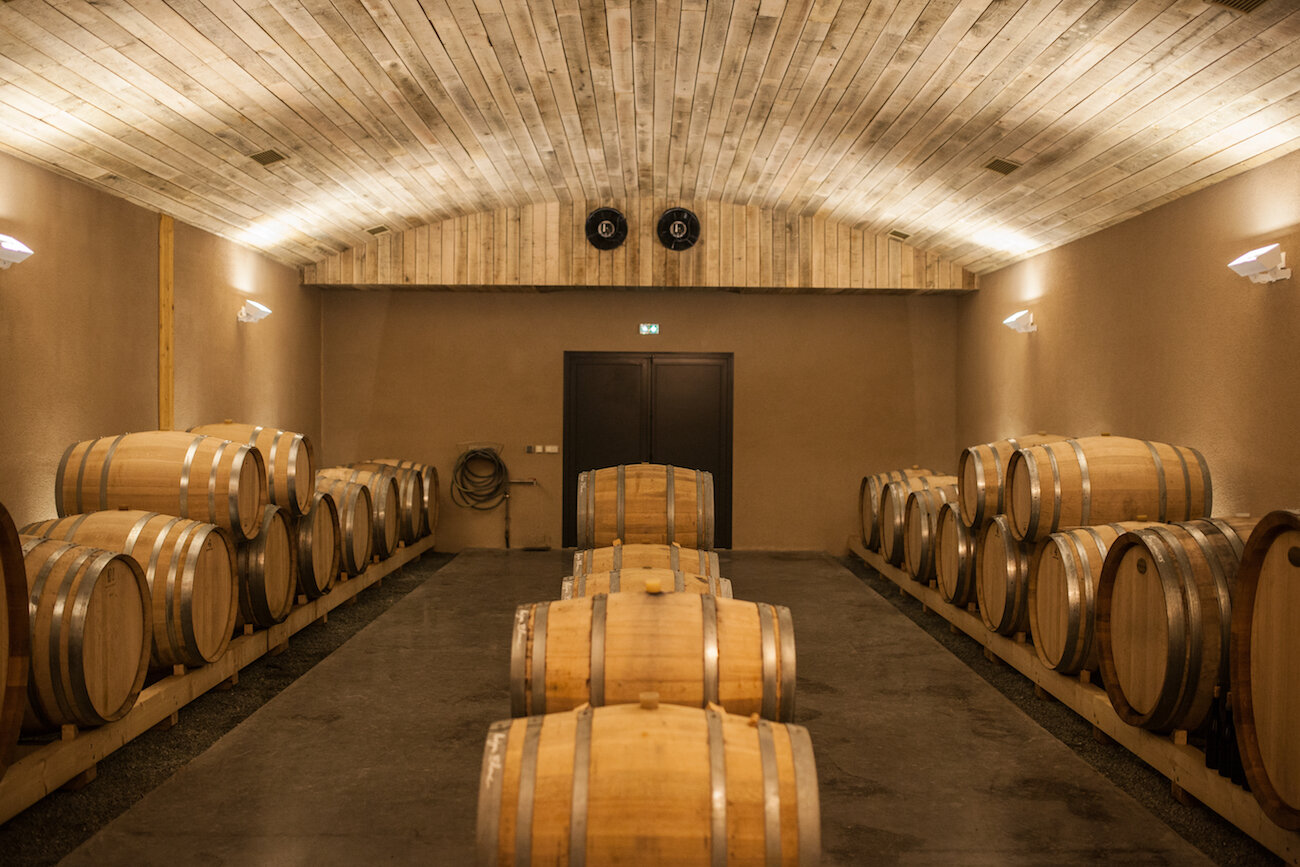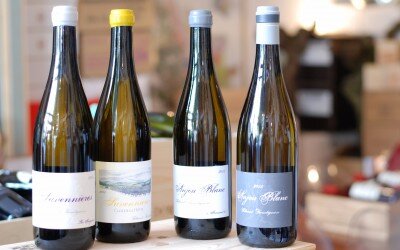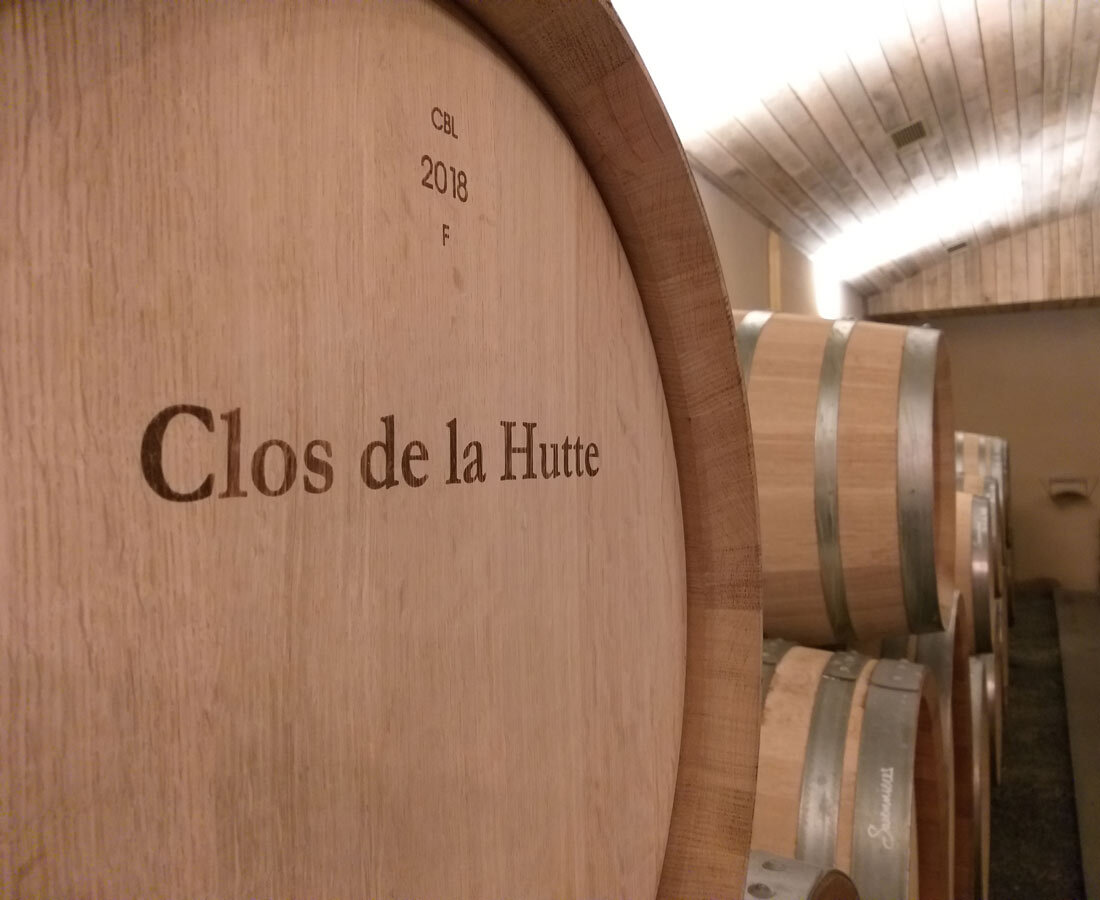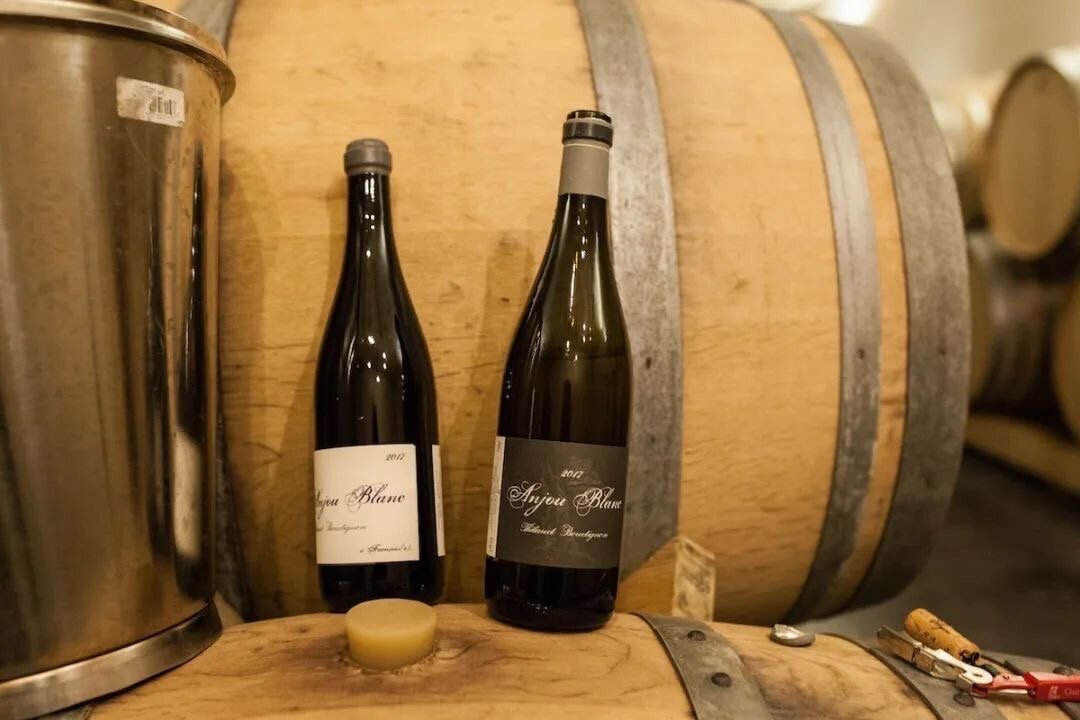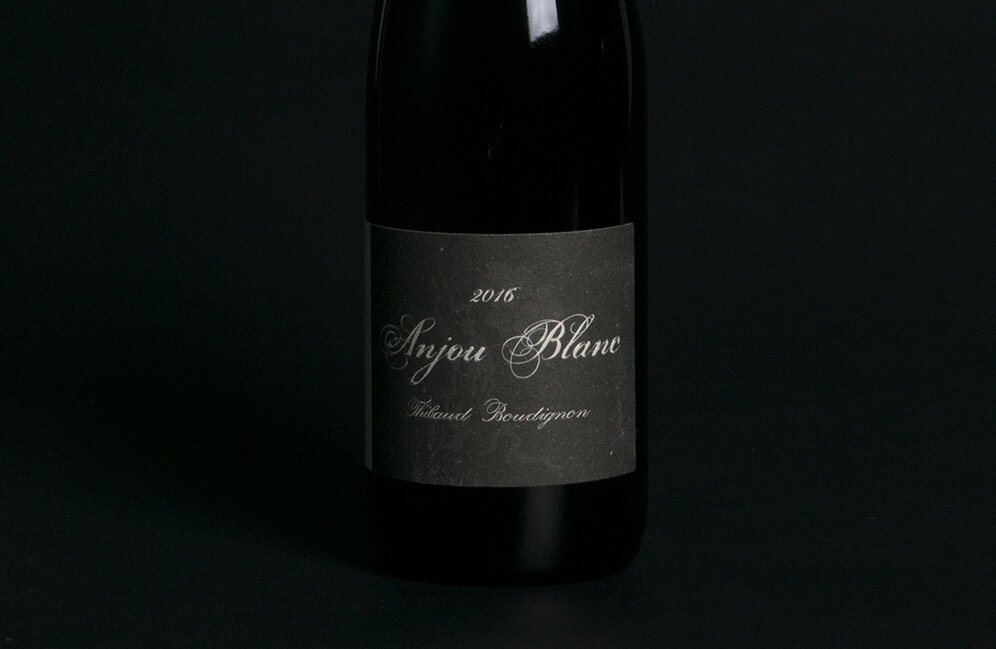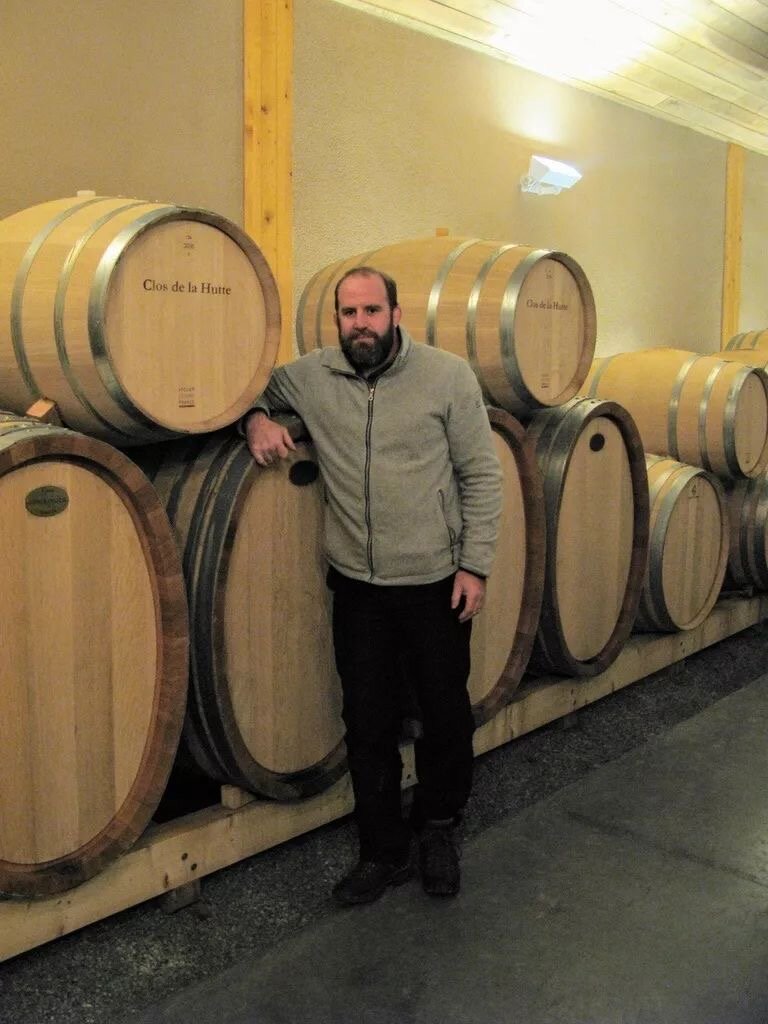THIBAUD BOUDIGNON
Savennières
Thibaud Boudignon’s first vintage was 2009, and ever since, he’s fine-tuned his viticulture and winemaking practices to the point that he now firmly stands at the very top of the qualitative pyramid in Loire.
Originally from Bordeaux, Thibaud trained at some of the greatest estates of Bordeaux, the Loire, and Burgundy. It’s in Loire that he finally decided to establish his own estate in 2008. He started with 3.5 hectares of old vines planted on exceptional terroirs in the heart of Anjou and Savennières. Dedicated to bringing some of the region’s finest vineyards back to prominence, Thibaud gradually bought and planted several other prime parcels in the small appellation of Savennières.
Today, Thibaud crafts outstandingly individual wines. His Chenin Blancs are intense, precise and manage to combine ripe fruit with a freshness that is rarely seen.
In the Vineyard
Knowing that the quality of his fruit is most important, Thibaud Boudignon is fully committed to the care of his vines. Farming organically and following biodynamic principles he spends the majority of his time in the vineyards.
Most of the estate vines were planted by Thibaud himself with massal selection coming from some of the best estates of the Loire giving very small berries and yields.
The vines are guyot-poussard trained and yields are kept much lower than the AOC rules. During the growing season, he employs one person per hectare to manage the vines.
Thibaud Boudignon is among the last to harvest each year and picking only occurs when the grapes have reached optimal maturity. Harvest is completed manually and counts successive tries throughout each vineyard. He employs up to 30 workers to harvest as quickly as possible.
In the Cellar
Since 2016, Thibaud Boudignon vinifies and ages his wines in brand new cellar adjacent to Clos de la Hutte. Given the small size of the winery, it is clear that he intends to concentrate on high quality and small quantities
When arriving at the winery the grapes are whole bunch pressed with no settling and the juice kept cold before starting a long slow fermentation with natural yeasts. Malolactic fermentation is not automatic at this address. The wines are aged on lees with minimal sulfur in a combination of barrels of different sizes ranging from 300 to 600 liters. Less and less new oak is used across the range. Wines spend 6 months in stainless steel tanks before bottling.
Anjou Blanc
This Anjou Blanc is made from 38-year-old vines, planted at 8000 vines/ha on shallow soils of grey schist and rhyolite.
Anjou Blanc
À François(e)
The cuvee à François(e) is made from Thibaud Boudignon’s finest plots in Anjou.
The wine is named after his late mother, Françoise, who tragically passed away from cancer, and his father François. He makes this wine without any compromise, if he feels the wine does not live up to his parents’ name, he won’t make it.
Savennières
Clos de la Hutte
Situated in La Possonnière, the lieu-dit of Clos de La Hutte was once home of a monastery. This vineyard was historically regarded among the best sites of the appellation and is undoubtedly a vineyard on a par with Coulée de Sérrant and Roche aux Moines.
In 2011, Thibaud Boudignon planted 2.6 hectares of vines on pure schist with a massal selection of 5 different varieties Chenin blanc coming from the best domains in Loire.
Within the Clos de la Hutte vineyard he has also close-planted un-grafted franc de pied vines on the highest sandiest part of that vineyard from which he will soon release another wine.
Savennières
Clos Frémine
Clos de Frémine is the lieu-dit adjacent to Clos de la Hutte in La Possonnière.
This 1.5-hectare parcel of Chenin Blanc was planted in 2015 with a massal selection. The soils here are a mix of sand and schist.
Savennières
La Vigne Cendrée
This is the smallest parcel of the estate totaling only 0.5 hectares of vines.
The vineyard of La Vigne Cendrée was planted in 2015 with a massal selection. The soils here are grey schist and rhyolite with clay.
Rosé de Loire
This rosé is a blend of Cabernet Franc (80%) and Grolleau (20%). It’s made from 40-year-old vines grown on shallow soils of grey schist, rhyolite and sand.







